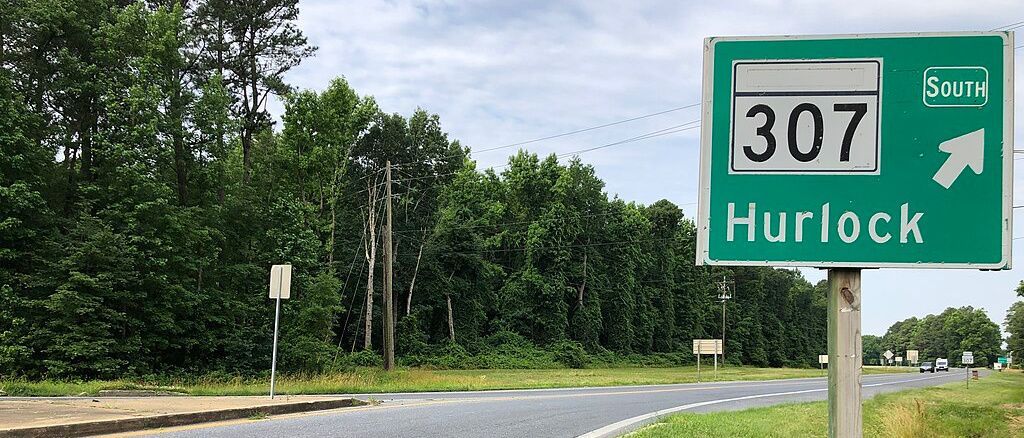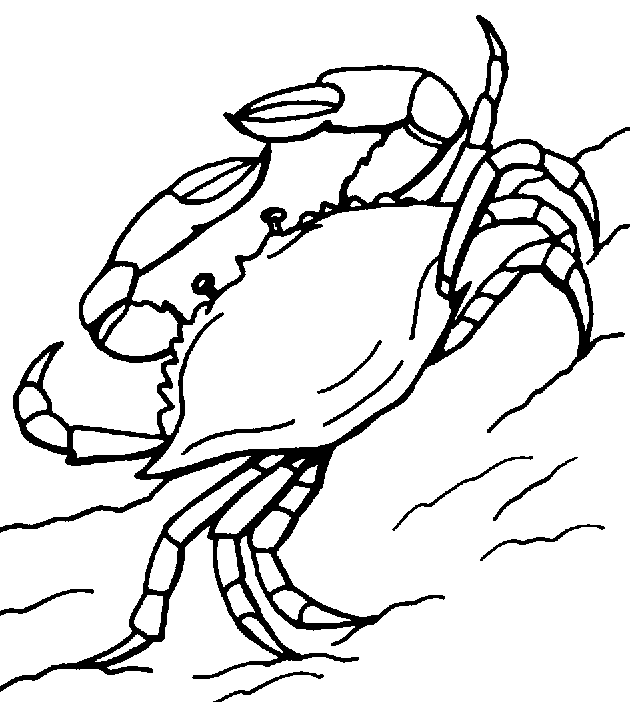The Peace Cross: Sacred or Secular or Both?
If you have ever driven to or through Bladensburg, Maryland—roughly half way between College Park and downtown DC—you may have passed the Peace Cross. It is located on a narrow medium strip in the middle of a convergence of many busy highways. Today it is also at the center of one of the most closely watched cases before the Supreme Court.
In 1919, residents of Prince George’s County, Maryland chose to use the symbol of the cross to commemorate those they had lost in World War I. The committee hired John Joseph Earley, a noted sculptor and pioneer in the figurative use of concrete, to design the monument which came to be known as the Peace Cross. Ultimately, a local post of the American Legion took over the project.
The Peace Cross rises 32 feet above its pedestal and bears the shape of a Latin cross. At its base, a large plaque lists the names of the 49 residents of Prince George’s County who died in the war and states: “This Memorial Cross is dedicated to the heroes of Prince George’s County, Maryland, who lost their lives in the Great War for the liberty of the world.” At the bottom, the plaque bears a quotation from President Wilson’s speech to Congress asking for a Declaration of War and four words, one on each face: “VALOR; ENDURANCE; COURAGE; DEVOTION.” The symbol of the American Legion is displayed at the monument’s center, and an American flag flies at one side.
In 1960, the Maryland-National Capital Park and Planning Commission (the Commission), an independent Maryland state agency, acquired the Peace Cross in order to preserve the monument and to address traffic safety concerns arising from the expansion of a nearby roadway. Over the five decades that followed, the Commission spent approximately $117,000 to maintain and preserve the monument; in 2008, it budgeted $100,000 for renovations.
In 2014, several local residents sued the Commission in federal district court, contending that the Peace Cross constitutes an unconstitutional endorsement of Christianity because of its shape and because it stood on public land. The Commission and the American Legion, intervening as a defendant, countered that the cross was a secular, non-religious, war memorial.
The First Amendment to the Constitution prohibits the “establishment of a religion.” According to Thomas Jefferson, that Amendment erected “a wall of separation between church and state.” In 1947, when first interpreting the meaning of the Amendment a century and one half later, the Supreme Court said this means that the government may not “prefer one religion over another.”
The federal district court granted summary judgment for the defendants citing “overwhelming evidence” that the predominant purpose of the Peace Cross was for “secular commemoration.” The court determined that the monument’s “history and context”—including the numerous “secular elements on its face,” the monument’s “nearly exclusive use” as a war memorial for its entire history, and the absence of any legal challenge for nearly nine decades—made clear to any reasonable observer that the Peace Cross did not “endorse religion.”
A divided panel of the Fourth Circuit Court of Appeals reversed because the memorial bears the shape of a large cross. “The Latin cross is the preeminent symbol of Christianity.” The majority found that neither the history of the Peace Cross nor its secular content and context altered this religious significance. The historical use of the cross as a commemorative symbol of World War I was “of no moment,” the panel reasoned, because crosses “on World War I battlefields were individual —rather than universal—memorials to the lives of Christian soldiers.” Likewise, it was immaterial that the Peace Cross had stood unchallenged for 90 years and had “primarily” been used for veteran-focused ceremonies throughout that time. As a result, the court of appeals held that “the Cross has the primary effect of endorsing religion” and that the Commission’s maintenance of the Peace Cross resulted in “excessive entanglement between government and religion.”
~~~ ~~~ ~~~ ~~~ ~~~ ~~~ ~~~
The Supreme Court accepted the case for review and recently heard oral argument. During the argument, some Justices noted that the history of the World War I era showed why a cross at least in this context should be able to remain. “Rows and rows of crosses” near the battlefields of World War I made the cross the “preeminent symbol of how to memorialize” in America those who had died in Europe. One Justice suggested that, “History counts…. We're not going to have people trying to tear down historical monuments.” For those Justices, both the age of the monument and the cross' special connection to World War I as a symbol associated with war dead appeared to make it acceptable.
On the other hand, some of the Justices pushed back on the notion that there was a long tradition of crosses on public places. One Justice commented, “I don’t know of a Founding Father, town or state that put a 40-foot cross on government property.” Another resisted the idea that the cross can have a secular meaning, saying that the cross “invokes the central theological claim of Christianity that Jesus Christ, the Son of God, died on the cross for humanity’s sins and that he rose from the dead.” In addition to the message the cross conveys to believers in other religions, those Justices pointed out that suggesting that the Christian cross was secular might be considered offensive even to some Christians themselves.
Toward the end of the argument, one Justice suggested a possible narrow resolution of the case that would allow the Peace Cross and other historical war monuments to remain, while recognizing that times have changed in the United States, so that future monuments bearing a cross would be inappropriate. Justice Breyer asked the lawyer representing the objecting residents, what do you think of saying “yes, ok, but no more?” “We’re a different country now, and there are 50 more different religions” represented in the country than there were when the cross was erected nearly a century ago.
As with most oral arguments before the Court, predicting the outcome based upon questions asked during argument is a hazardous occupation. The case is Maryland-National Capital Park and Planning Commission v. American Humanist Association . A decision is expected by the end of June.
Common Sense for the Eastern Shore








